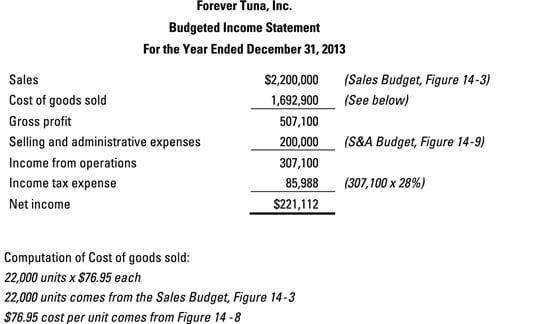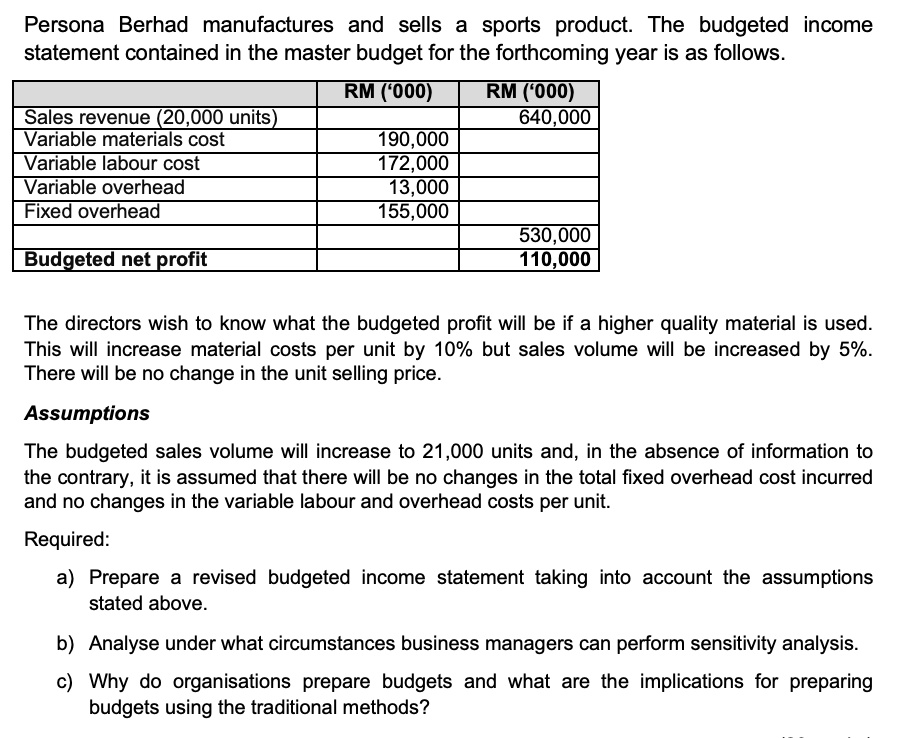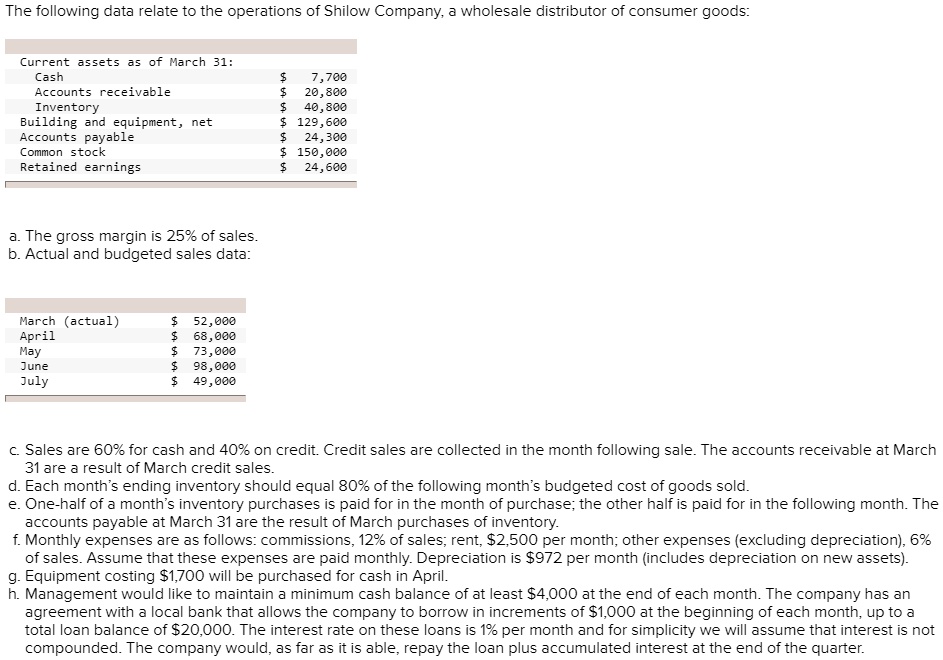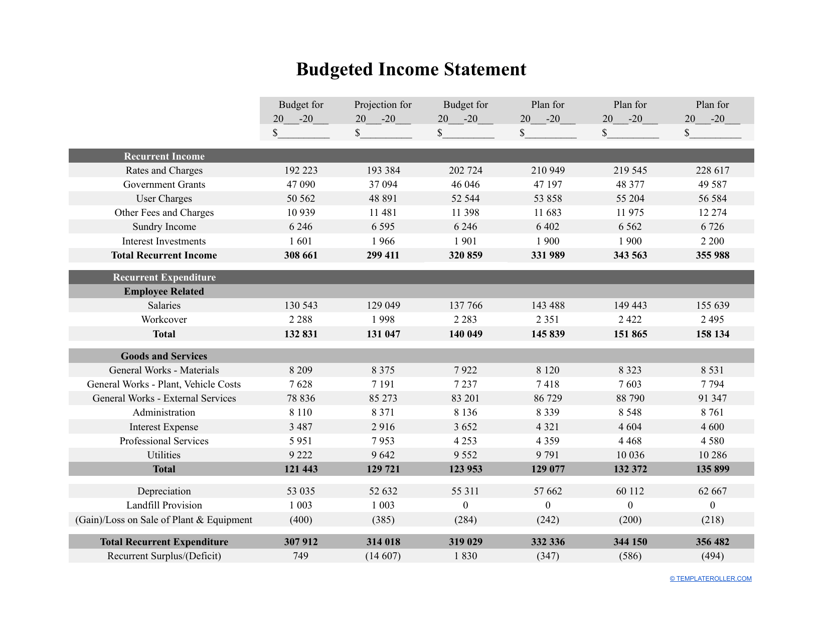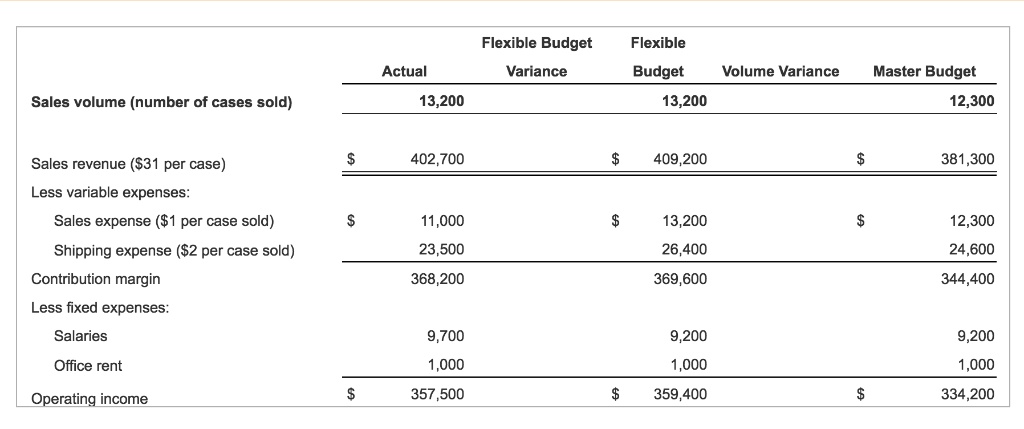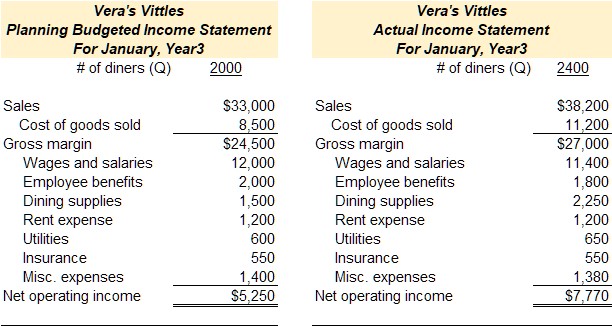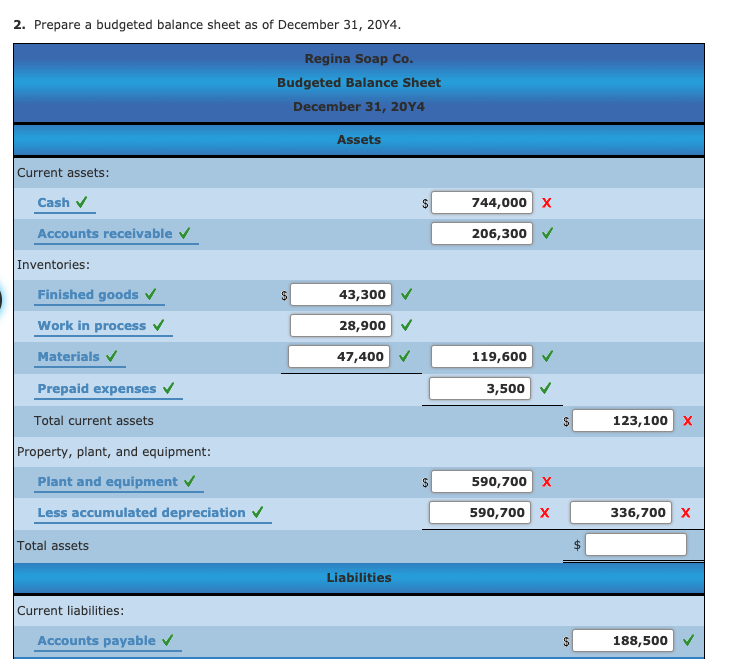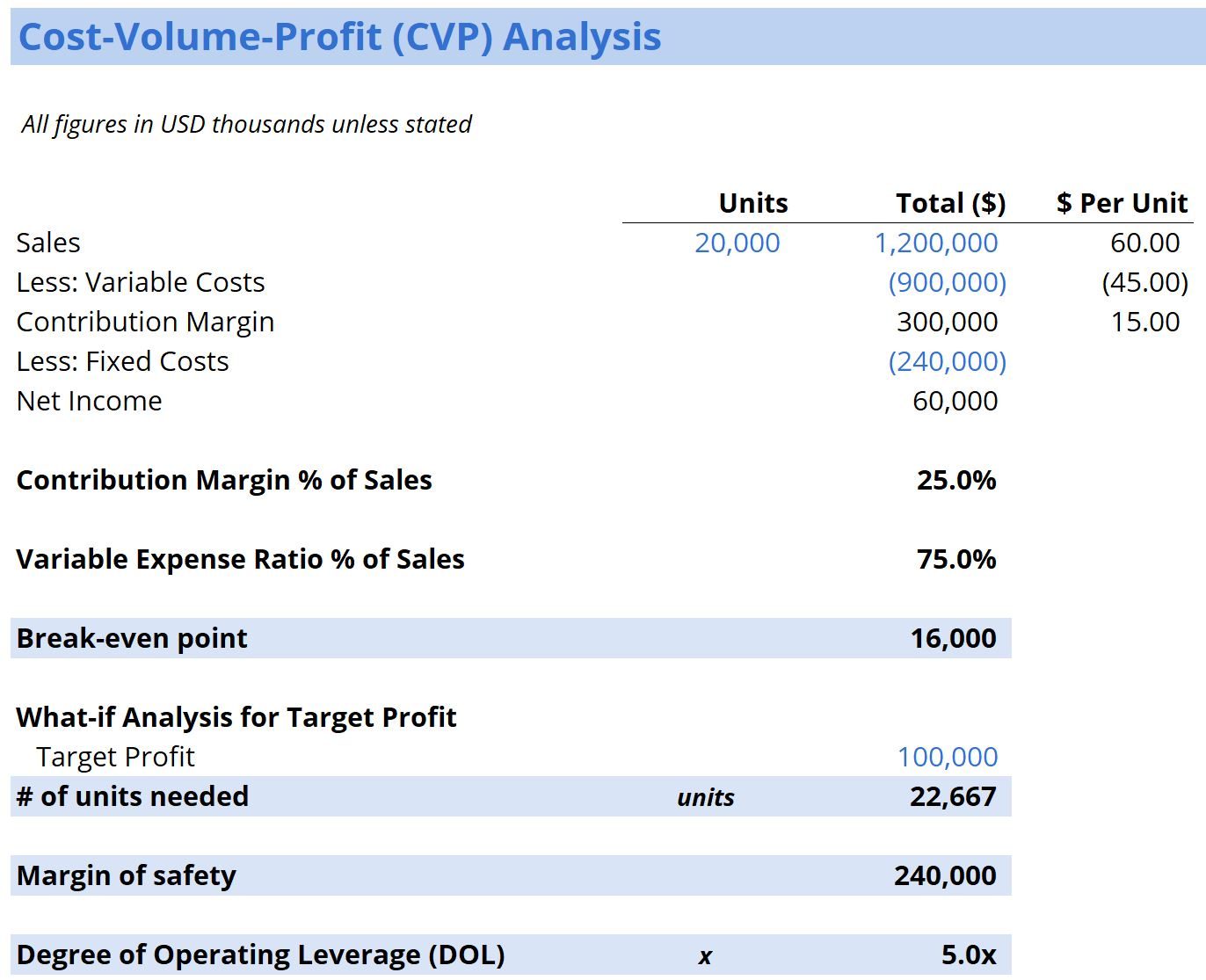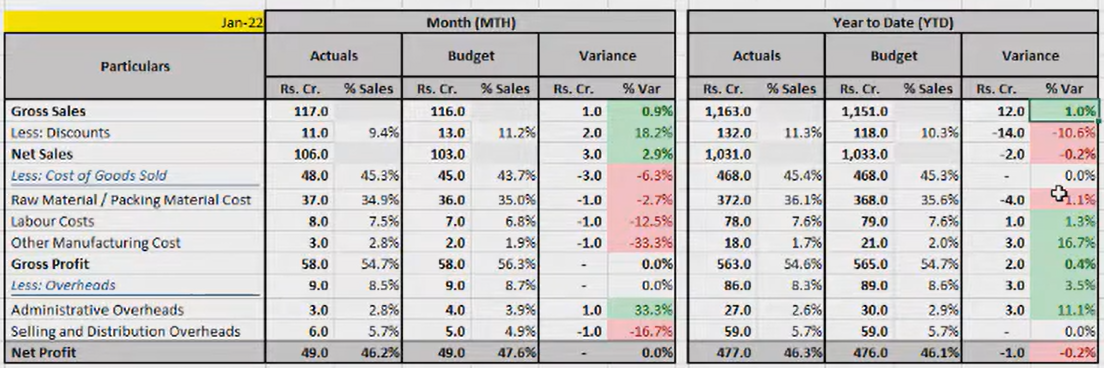Analyze The Following Budget With An Income Of $600

In an era defined by fluctuating economic landscapes, the plight of individuals navigating extremely limited budgets demands critical attention. A stark illustration of this challenge lies in analyzing the feasibility of surviving on a mere $600 monthly income. This financial tightrope walk, while hypothetical for some, represents the daily reality for a significant portion of the population, particularly those facing unemployment, disability, or living on fixed incomes.
This analysis delves into the immense constraints and difficult choices inherent in managing a $600 monthly budget. It examines potential allocation strategies for essential needs like housing, food, transportation, and healthcare, assessing whether such a budget can provide even a basic standard of living. The goal is to provide a realistic perspective on the financial hardship faced by those at the lower end of the income spectrum and to explore potential solutions or support systems that could alleviate their burden.
Housing: A Looming Hurdle
Securing affordable housing represents perhaps the most significant obstacle. According to the National Low Income Housing Coalition (NLIHC), affordable housing is severely lacking across the United States, with a considerable gap between available units and the number of low-income renters.
Renting even a modest apartment often consumes a substantial portion of a $600 budget. In many urban areas, even shared accommodations can exceed half of this income, leaving very little for other necessities. This reality forces individuals into overcrowded living situations, substandard housing, or even homelessness.
Government assistance programs like Section 8 vouchers offer potential relief, but demand far outweighs supply, leading to long waiting lists and persistent uncertainty. Alternative options, such as subsidized housing, also come with eligibility requirements and limited availability, making housing a constant source of stress.
Food Security: A Daily Struggle
With housing costs consuming a large chunk of the budget, food expenses must be minimized drastically. The USDA's Thrifty Food Plan, designed to provide a nutritionally adequate diet at minimal cost, serves as a guideline for low-income families.
However, even adhering to the Thrifty Food Plan on a $600 budget requires meticulous planning, reliance on inexpensive staples, and limited consumption of fresh produce or protein. Access to grocery stores offering affordable options becomes crucial, and food deserts present a significant challenge for those in geographically isolated areas.
Food banks and charitable organizations offer vital assistance, but reliance on these resources can be unreliable and may not provide sufficient sustenance to meet individual dietary needs. The constant worry about food security contributes to significant stress and potential health problems.
Healthcare: A Preventative Dilemma
Healthcare costs can quickly destabilize an already precarious budget. Even with insurance, co-pays, deductibles, and uncovered services can create insurmountable financial burdens.
Preventative care often gets neglected as individuals prioritize immediate needs, leading to potentially more serious and expensive health issues in the long run. Access to affordable healthcare options, such as community clinics or sliding-scale payment programs, becomes essential.
The Affordable Care Act (ACA) has expanded healthcare access, but gaps in coverage and high premiums for certain individuals remain a challenge. The decision between seeking necessary medical attention and paying for other essential expenses creates a difficult and often detrimental dilemma.
Transportation: Limiting Opportunities
Reliable transportation is crucial for accessing employment opportunities, grocery stores, and healthcare services. However, owning and maintaining a vehicle on a $600 budget is often impossible.
Public transportation, if available, offers a more affordable alternative, but accessibility can be limited, particularly in rural areas or during off-peak hours. The cost of bus or train fares can still consume a significant portion of the budget, limiting the number of trips individuals can afford.
Reliance on walking or cycling may be necessary, but these options can be impractical or unsafe, especially during inclement weather or for individuals with mobility limitations. The lack of reliable transportation further restricts access to employment and other essential services, perpetuating a cycle of poverty.
Other Essential Expenses and the Invisible Costs
Beyond the core necessities, a $600 budget leaves little room for other essential expenses. These include clothing, hygiene products, laundry, and communication services like a phone or internet access.
Even seemingly small expenses, such as replacing worn-out shoes or purchasing over-the-counter medications, can create significant financial strain. Social isolation becomes a common consequence as individuals are unable to afford leisure activities or participate in community events.
Furthermore, the stress of managing such a limited budget can have significant mental and emotional health consequences, leading to anxiety, depression, and other mental health issues. These invisible costs further compound the challenges faced by those living on the margins.
Potential Solutions and the Path Forward
Addressing the challenges of living on a $600 budget requires a multi-faceted approach. Increasing the minimum wage, expanding access to affordable housing, and strengthening social safety net programs are crucial steps.
Investing in job training and education programs can help individuals acquire skills necessary for higher-paying employment. Promoting financial literacy and providing access to financial counseling services can empower individuals to manage their limited resources more effectively.
Ultimately, creating a society where everyone has access to a basic standard of living requires a commitment to addressing systemic inequalities and ensuring that economic opportunities are available to all. The analysis of a $600 budget serves as a stark reminder of the challenges faced by those at the bottom and the urgent need for comprehensive solutions.
